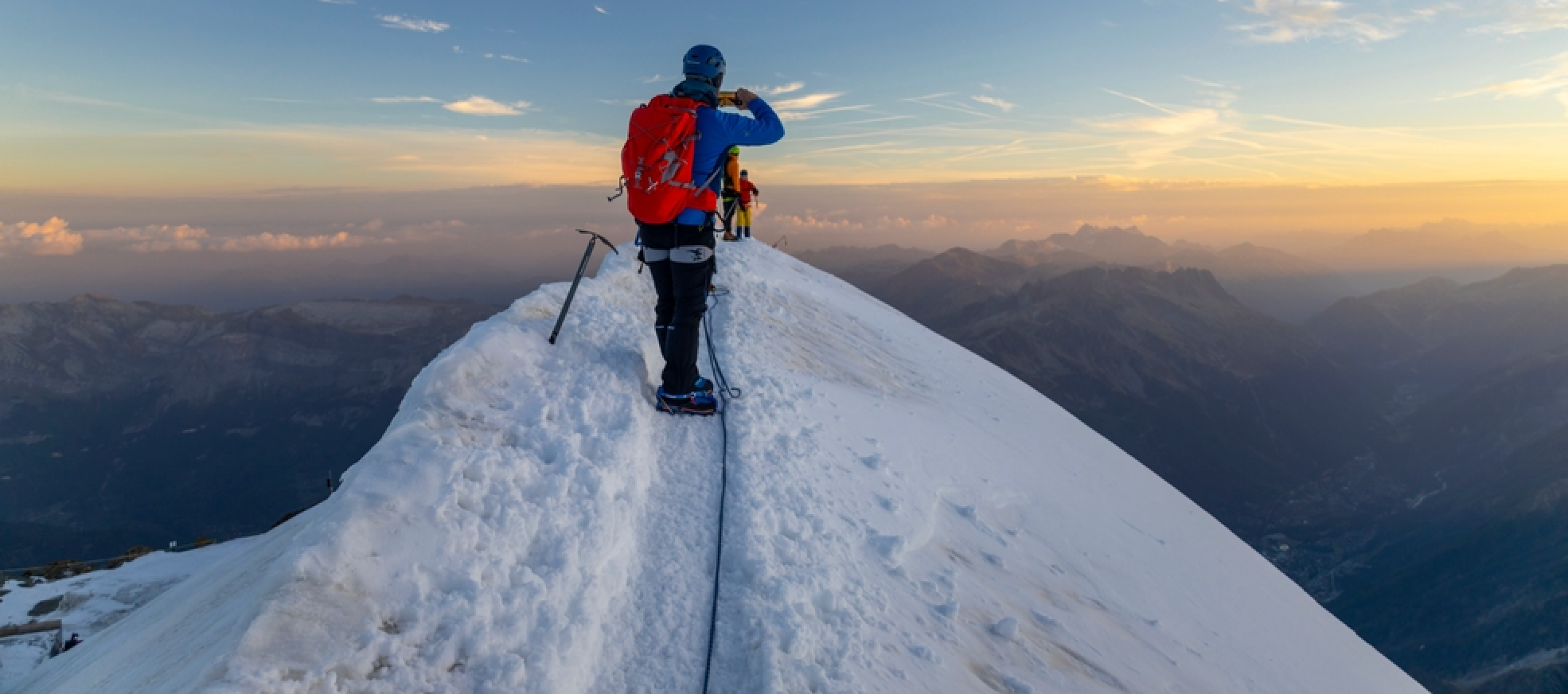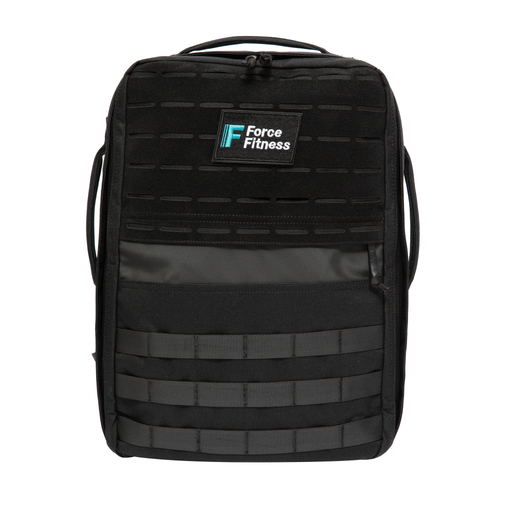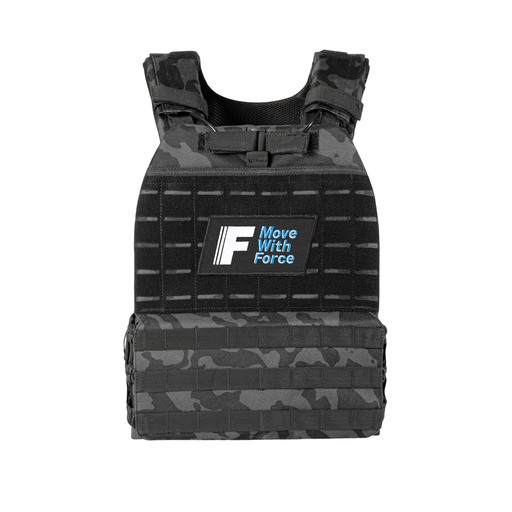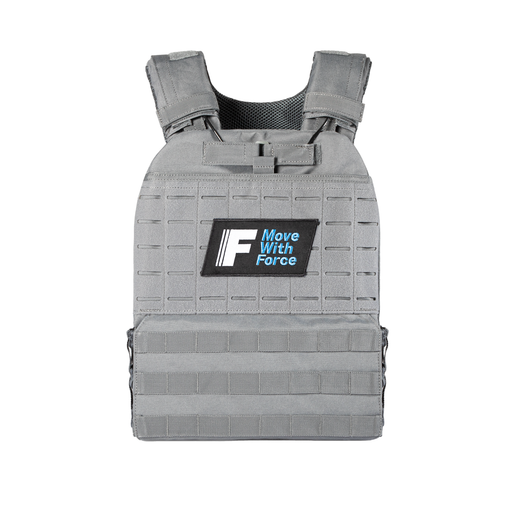
The World’s Greatest Adventure Challenges – 5 Coldest Adventures to Try
The World’s Greatest Adventure Challenges – 5 Coldest Adventures to Try
Do you love it when the temperature drops? The final instalment in our World’s Greatest Adventure Challenges series is all about cold adventures that test your endurance, grit, and mental toughness.
If frozen landscapes and snow-packed trails float your boat, this is the bucket list for you. From extreme marathons and icy swims to climbing frozen waterfalls, our pick of the world’s coldest adventures will give you chills in the best way possible.
Whether you’re planning your next big challenge or just curious about what’s out there, here are 5 of the world’s coldest adventures to put on your radar.
Missed our previous blogs in this series? Catch up on our hottest, wettest, darkest, highest, and fastest adventures for more inspiration.
Our Pick of the World’s Coldest Adventures
-
Asi Ultra Marathon – Greenland
-
Polar Bear Plunge – Various Locations
-
The Yukon Arctic Ultra – Canada
-
Ice Climbing in Ouray – USA
-
The Iditarod Dog Sled Race – Alaska
Asi Ultra Marathon – Greenland
What is it?
A multi-distance ultra in one of the coldest and most beautiful places on earth. Distances range from 25 km, 50 km, and a marathon to the full 250 km ultra.
Where?
Sisimiut, Greenland.
What it involves:
Running across snow, ice, and rugged Arctic terrain in temperatures often below –20°C. Competitors carry mandatory kit, manage extreme conditions, and push through in isolation.
Highlights:
-
Stunning Arctic landscapes
-
Remote, raw adventure few ever experience
-
Huge sense of achievement if you cross the finish line
Risks: frostbite, hypothermia, whiteouts, exhaustion, and the mental challenge of isolation.
Who should do it?
Experienced marathoners or ultra-runners chasing an extreme bucket-list race.
How to train:
Cold-weather running, long endurance sessions in tough terrain, and exposure training to prepare body and mind.
Polar Bear Plunge – Global Locations
What is it?
An ice-swim tradition in many countries, often on New Year’s Day.
Where?
Popular in Canada, the UK, USA, the Netherlands, and Nordic countries.
What it involves:
Dipping (or swimming) in near-freezing lakes, rivers, or the sea when water hovers around 0°C.
Highlights:
-
The shock of the plunge
-
Post-swim buzz and adrenaline rush
-
Community feel, often done with hundreds or thousands
Risks: cold shock, hypothermia, slips getting in or out, and wind chill.
Who should do it?
Anyone in good health looking for a fun adrenaline hit and a story to tell.
How to train:
Cold showers, ice baths, and breathwork to manage the shock response.
The Yukon Arctic Ultra – Canada
What is it?
Dubbed “the world’s coldest and toughest ultra”, with distances from 235 km up to 600 km. Temperatures can drop to –40°C.
Where?
Yukon Territory, Canada.
What it involves:
A multi-day race with cut-offs measured in days. A mandatory training course is required if you don’t have cold-weather experience.
Highlights:
-
Northern Lights overhead
-
Snow-covered wilderness
-
Serious bragging rights if you finish
Risks: frostbite, hypothermia, exhaustion, and the mental challenge of managing when to move, rest, sleep, and eat.
Who should do it?
Hardened endurance athletes with proven ultra and cold-weather experience.
How to train:
Back-to-back long outdoor days, cold exposure, gear testing, and mastering fuel/hydration strategies in freezing conditions.
Ice Climbing in Ouray – USA
What is it?
Scaling frozen waterfalls using crampons, ice axes, and plenty of nerve.
Where?
Ouray Ice Park, Colorado, USA.
What it involves:
Climbing vertical sheets of ice, from beginner-friendly routes to advanced frozen cascades. It’s physically demanding and mentally intense.
Highlights:
-
Stunning Colorado mountain scenery
-
The unique challenge of climbing a structure that changes with the season
Risks: falls, injuries from sharp equipment, and cold exposure.
Who should do it?
Fit climbers or adventurous beginners (courses are available).
How to train:
Grip, shoulder, and core strength, plus practice on climbing walls or rock climbing for technique and endurance.
The Iditarod Dog Sled Race – Alaska
What is it?
The world’s most famous long-distance dog sled race, covering nearly 1,000 miles.
Where?
Anchorage to Nome, Alaska.
What it involves:
Mushers and their dogs race for up to two weeks through snowstorms, frozen rivers, and sub-zero nights.
Highlights:
-
Legendary status in the adventure world
-
Incredible Arctic landscapes
-
Strong bonds with the sled dogs
Risks: frostbite, sleep deprivation, dangerous ice crossings, unpredictable weather.
Who should do it?
Serious adventurers ready to commit years to dog sledding. Everyday enthusiasts can try shorter guided expeditions instead.
How to train:
Cold-weather endurance, sled-handling skills, and dog-care expertise.
Should You Try the World’s Coldest Adventures?
Cold temperatures, extreme weather, and barren landscapes will challenge your mind and body like nothing else. Some of these adventures are achievable with the right training. Others are niche, extreme feats that may remain on your what if? list.
If you’re tempted, start small: try cold-water dips, winter races, or ice-climbing taster sessions. Build up gradually, train specifically, and always respect the cold.
That’s a wrap on our World’s Most Extreme Adventure Challenges series. We’d love to hear from you if you’ve tackled any of them, or if you’re training for one.















